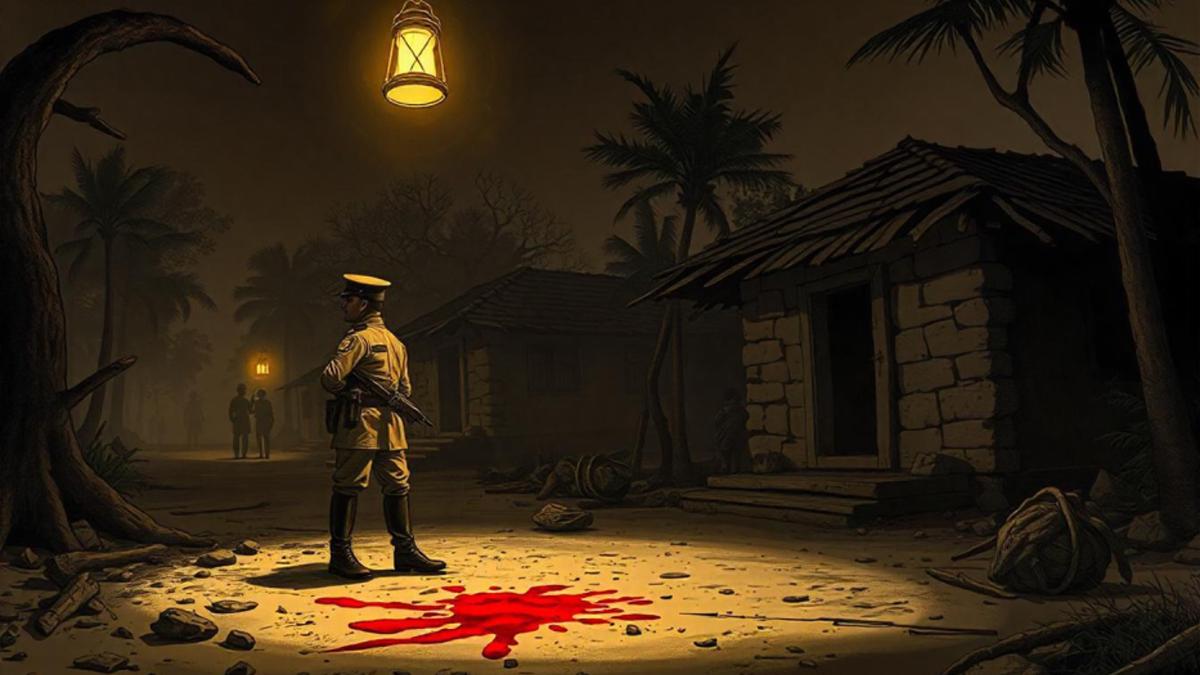
Gruesome murders, policing, and punishment for laxity in 19th Century
The Hindu
Property disputes and immoral relationships in 19th century British India led to gruesome murders, documented in crime records.
Property disputes and immoral relationships have often led to gruesome murders. However, such massacres are not of recent origin, as crime records from the 19th Century show.
In British India, seven persons of a family were murdered on a night in the Trichinopoly (the present day Tiruchi) police division. The murders arose out of a trivial land dispute, and the aggrieved person, in revenge, hired assassins, who entered a house and slit the throats of 11 persons in one room, seven of whom died. “The unfortunate creatures were mostly women and children. It was as terrible a case as I have ever heard or read of,” wrote M. Hammick, Inspector-General of Police, to J.F. Price, Chief Secretary to Government stationed in Ootacamund (Ooty), in his Report on the Administration of the Police of the Madras Presidency, 1895. While one accused person was sentenced to death, two others were sentenced to “transportation for life”, he said in the report submitted in June 1896.
In Tanjore, the police did remarkably well in cracking difficult cases that year. The good rate of detection was, however, due in part to the large number of persons murdered in two cases. “In one case, a pensioned sepoy, returning to his village, finding several members of his family leading disgracefully immoral lives, murdered no less than six of them. He was convicted. In another case in Nagore, owing to a faction between rival parties of gymnasts, two of the men ran amuck and killed six persons and wounded thirteen,” noted the British officer.
The year also witnessed a serious riot and murder at Kallugamalai in Tinnevelly (Tirunelveli) district. Though the two parties were Hindus and Christians, it was in essence a caste dispute, “and the dispute was one which exists in a smouldering condition in very many villages in Tinnevelly”. According to the report, the matter was a constant cause of trouble in the district, “and is to be expected, it is invariably a matter of very grave difficulty to obtain trustworthy evidence after outbreaks arising from disputes of this kind”. No one was convicted in connection with the riot.
There were also cases of police officers extorting money or seeking bribes nearly 130 years ago in the Madras Presidency. In one case, an “Inspector in Madura (Madurai), a Brahmin”, was sentenced to rigorous imprisonment for four years for taking an illegal gratification. He was also dismissed from the police force. This case was detected chiefly through the exertions of Lane, the Assistant Superintendent.
Quoting the Superintendent’s version on this case, the report said, “On the 28th of April the corpse of a woman named Nagammal was found floating in a well. The village magistrate submitted the usual reports to the Police and Magistrate, stating that the woman drowned while bathing. Before the report reached the police station, the deceased’s brother went to the Station-house Officer at Aruppukottai and complained that the deceased had been murdered and thrown into the well. By order of the Inspector, Sivalingan Chetti, the husband of the deceased, and his father were arrested on the 30th April and released on bail on the 1st of May on receipt of the medical certificate. The charge was that he kept the Chetties illegally in confinement and extorted Rs.100 from them.”
The good officers were, of course, rewarded, as in the case of Inspector Subba Aiyar, who was given ₹500 for good work in the Tanjore judgment forgery case.











